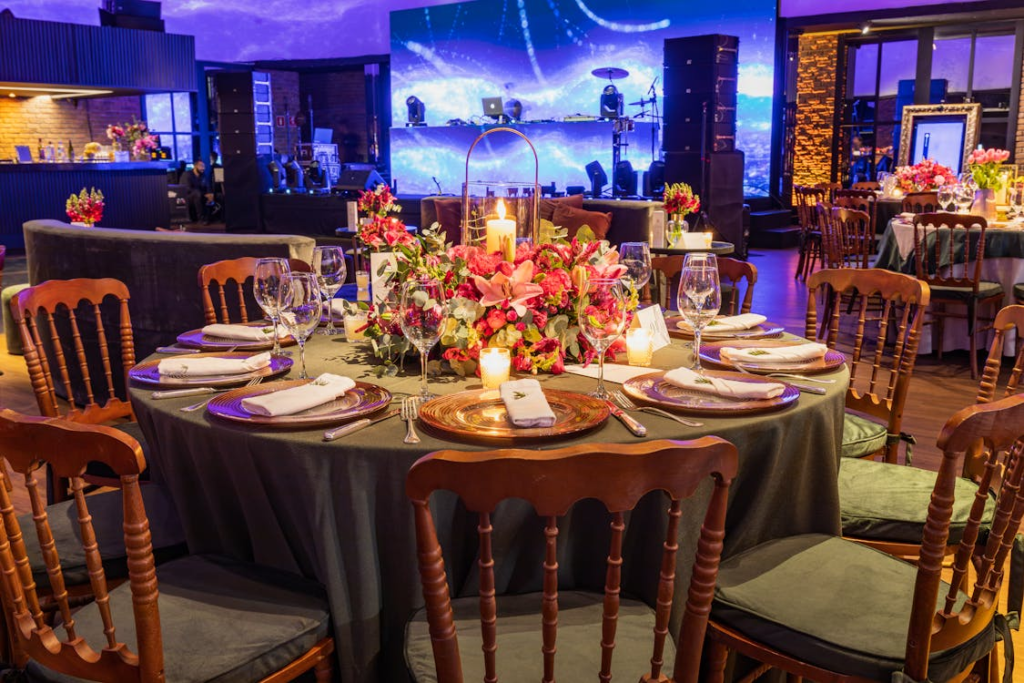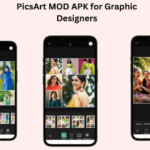Weddings have always been a rich tapestry of tradition and innovation, where ancient customs blend with modern preferences. Among these traditions, flowers have a timeless appeal, with each bloom carrying symbolic meanings that resonate deeply with couples. Roses for love, lilies for purity, and daisies for innocence—these delicate details tell a story unique to each ceremony.
Today, as technology shapes nearly every aspect of our lives, weddings are no exception. From virtual planning tools to apps that curate personalized experiences, high-tech solutions are redefining how couples incorporate meaningful elements like flowers into their big day. With so many choices, choosing the right flowers for your wedding can feel overwhelming, but technology makes this process more accessible.
The Timeless Language of Flowers
Flowers have been used to pass messages for centuries in different cultures worldwide. In ancient Rome, brides wore garlands to symbolize fertility and new life. In Victorian England, a code of flowers, called floriography, was used to subtly convey feelings and intentions. To this day, flowers are still significant and give the couple a means of expressing love, hope, and togetherness in one of the most memorable events in a person’s life.
Nonetheless, the process of choosing the flowers that would be significant usually demands knowledge of their history. For instance, the couple may choose sunflowers as their wedding flower because they stand for loyalty or orchids for beauty and strength, among other qualities. This is where technology comes to the rescue. Apps and platforms that are now available offer options that showcase the beauty of the flowers and the tradition or meaning behind the choice of flowers to complement the couple’s story.
High-Tech Tools for Wedding Planning
Couples are under pressure when planning their wedding, but technological advancement has made it easier. Smart apps for designing augmented reality applications and artificial intelligence help to organize even the most minor details – chair set, flower choice, etc.
One such innovation includes using augmented reality applications where people can see a real-life floral experience about the venue they intend to hire without having to go through the stress of booking and being disappointed by what they see when they get there. These tools allow for immediate results so that the selected flowers will fit the overall concept of an event.
In the same way, it is possible to create individual recommendations on what flower bouquet should be bought and where to order it based on the couple’s preferences, budget, and event topic. Thus, with the help of symbols and new technologies, it is possible to create a wedding day that will seem both classical and innovative.
Online markets have also helped locate and specify the proper flower arrangements. In a few seconds, couples can search for a list of florists that offer specific flowers, view the costs, and review the feedback to make the right decision. Many of these platforms have features that allow users to drag and drop flowers into a mood board or a design template to facilitate comparison.
Bridging Tradition and Technology
Even though it is easier to organize a wedding with the help of technology, these have not changed such values as the meaning of flowers. But it has done this in a way that has improved the process and enabled couples to follow tradition in a modern fashion. For example, meetings with florists help to discuss the meaning of the chosen blooms without time-space constraints. This is particularly useful for ethnic weddings because the flower options may be connected to the couple’s origins.
It is also important to mention the appearance of digital storytelling as a part of weddings.
Bridal couples can even explain the significance of the flowers they choose on their website, use a QR code on the invitation, or use a unique AR program during the wedding. For example, you could use your smartphone to read the history behind a centerpiece design, such as why the couple chose lavender for devotion or peonies for prosperity. Such minor details create an additional experience that is unforgettable for wedding guests.
Conclusion
Floral aesthetics and the the merging of high-tech planning solutions are the best of the two worlds—tradition with innovation. People still give and use flowers during weddings because of their symbolism, but technology has changed how people choose, order, and incorporate flowers into their big day. Flowers can remain sentimental while not disrupting the efficiency and convenience of today’s planning tools for couples. With weddings developing this way, this combination of tradition and technology keeps every ceremony as unique as the love it celebrates.


